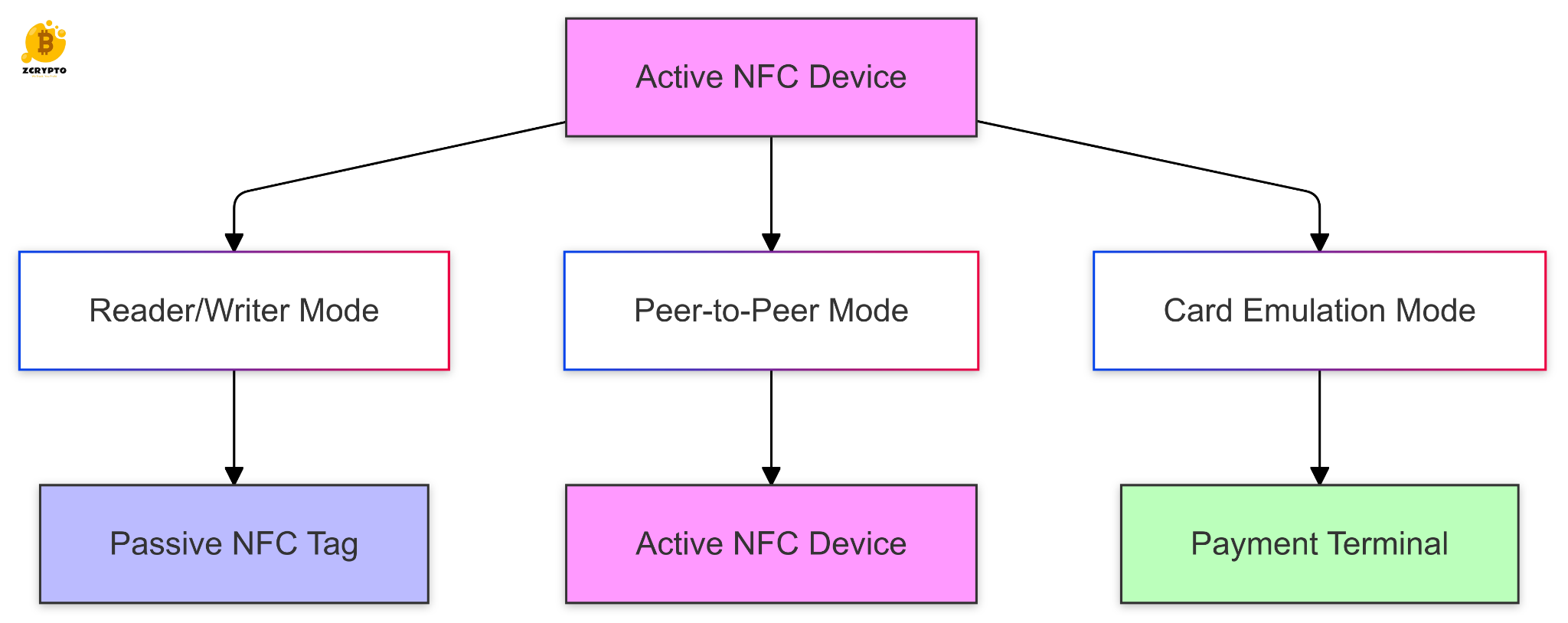What are 412(i) Plans?
412(i) plans are a type of defined benefit retirement plan that differs significantly from more common plans like 401(k) or traditional defined contribution plans. Here’s what sets them apart:
– Funding Mechanism: Unlike other plans that rely on investments in stocks or mutual funds, 412(i) plans are funded using annuity contracts and life insurance. This approach provides a predictable income stream in retirement.
– Tax-Deductible Contributions: One of the most appealing aspects of 412(i) plans is that contributions made by the employer are tax-deductible. This can lead to significant tax savings, especially for closely held businesses.
– No Funding Limitations: Unlike traditional qualified plans, 412(i) plans do not have funding limitations based on the employer’s income. This means that older business owners can contribute more to their retirement savings in a shorter period.
- Understanding American Options: Flexibility, Benefits, and Key Differences in Financial Markets
- How Many Pi Coins Are There?
- What is Merkle Tree? Technical Architecture and Applications
- What is NFT Marketplace? – ZCrypto
- Mastering Carve-Outs: A Comprehensive Guide to Unlocking Value and Driving Growth in Finance and Business
Key Features of 412(i) Plans
Funding and Contributions
- Contributions to a 412(i) plan are made exclusively by the employer and are fully tax-deductible. This makes it an attractive option for businesses looking to reduce their taxable income.
-
The plan is funded through annuity contracts and life insurance, which provide a stable source of funds for retirement benefits.
Benefit Limits
-
The annual benefit limits for 412(i) plans are substantial. For example, in 2024, the limit is $275,000 or 100% of the highest three-year average compensation, whichever is lower.
You are viewing: Maximize Retirement Savings: The Ultimate Guide to 412(i) Plans for Small Business Owners
-
These limits ensure that participants can receive a significant retirement benefit without exceeding IRS guidelines.
Administrative Requirements
-
To fund a 412(i) plan, employers must make level annual premium payments to the annuity contracts and life insurance policies.
- The plan must be insured by licensed insurers who meet specific requirements to ensure the plan’s stability and compliance with tax code regulations.
Benefits for Small Business Owners
Tax Deductions
- One of the most significant benefits of 412(i) plans is the substantial tax deductions available for contributions. This can be particularly beneficial for closely held businesses looking to reduce their tax liability.
-
By deducting these contributions from their taxable income, business owners can save on taxes while building their retirement savings.
Maximizing Retirement Savings
-
Older business owners can significantly benefit from 412(i) plans because they allow higher contributions in a shorter period. This is ideal for those who may have delayed starting their retirement savings.
-
See more : Unlocking Corporate Financials: A Comprehensive Guide to the 10-K Report
The predictable nature of the annuity contracts and life insurance ensures a stable retirement income stream.
Risk Management
-
Unlike investment-based retirement plans that are subject to market volatility, 412(i) plans offer protection from market risks. The use of annuity contracts and life insurance provides a predictable income stream.
-
Additionally, these plans often include creditor protection, safeguarding your retirement savings from potential creditors.
Flexibility and Ease of Administration
-
While other defined benefit plans can be complex to administer, 412(i) plans are relatively straightforward. They use lower-risk annuity contracts and insurance products, making administration easier compared to other defined benefit plans.
- This ease of administration is a boon for small business owners who may not have the resources or expertise to manage more complex retirement plans.
Potential Drawbacks and Considerations
Financial Stability
- Implementing a 412(i) plan requires financial stability to support the plan indefinitely. This makes it less suitable for start-ups or businesses with fluctuating income.
-
Business owners must ensure they can maintain the required level of contributions over the long term.
Penalties and Compliance
-
There are potential penalties if the insurer or annuity provider does not meet certain obligations. It is crucial to work with reputable and compliant providers to avoid these issues.
-
See more : Understanding Beneficiaries: A Comprehensive Guide to Inheritance and Financial Planning
Ensuring compliance with tax code regulations is also essential to avoid any penalties or fines.
Comparative Returns
-
While 412(i) plans offer stability and predictability, they may sacrifice potentially higher investment returns available through other types of retirement plans.
- However, for many small business owners, the security and predictability of these plans outweigh the potential for higher returns.
Case Scenarios and Best Prospects
Ideal Candidates
- Small, stable businesses with few employees are ideal candidates for 412(i) plans. These businesses often have consistent income streams that can support the required contributions.
-
Closely held companies where the owners are nearing retirement age can particularly benefit from these plans due to the higher contribution limits.
Real-World Examples
-
Consider a small law firm with two partners who are both in their late 50s. They could implement a 412(i) plan to maximize their retirement savings quickly while enjoying significant tax deductions.
- Another example could be a family-owned retail business where the owners want to ensure a stable retirement income without exposing themselves to market risks.
Implementation and Administrative Steps
Setting Up the Plan
- To set up a 412(i) plan, you need to purchase annuity contracts and life insurance from licensed insurers. It is advisable to work with a financial advisor or retirement plan specialist to ensure compliance with all regulations.
-
The initial setup involves defining the plan’s terms, including the benefit structure and contribution levels.
Ongoing Administration
-
Once the plan is set up, ongoing administration involves maintaining level premium payments to the annuity contracts and life insurance policies.
- Regular reviews are necessary to ensure compliance with tax code regulations and to adjust contributions as needed.
Source: https://summacumlaude.site
Category: Blog







